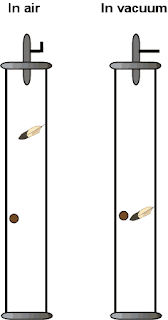there are two types of wave one is transverse wave and the other is longitudinal wave .transverse wave moves as crest and through while examples for transverse wave are radio waves.light wave, wave on the surface of the water etc.
Transverse wave
the particles of the media vibrates perpendicular to the direction of propagation of the wave .wave length is the distance between the consecutive points on two waves .one cycle is the combination of a crest and a through .
Longitudinal wave
Transverse wave
the particles of the media vibrates perpendicular to the direction of propagation of the wave .wave length is the distance between the consecutive points on two waves .one cycle is the combination of a crest and a through .
Longitudinal wave
this is a longitudinal wave which propagates as compression and rare faction. longitudinal waves propagate as compression and rare faction .example for longitudinal waves is sound waves.






